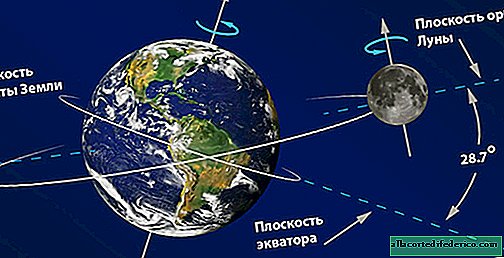Australia migrates depending on the time of year
The change of seasons on our planet, as it turned out, leads to unexpected consequences for some continents. Scientists from the University of Newcastle have determined that Australia is moving relative to its position by several millimeters due to the seasonal shift of the center of mass of our planet. The center of mass, or geocenter, is one of the stable points, relative to which the position of the bodies is determined and many parameters are calculated. The position of the geocenter varies depending on the distribution of water masses. In the cold season, part of the moisture from the ocean by evaporation and subsequent atmospheric precipitation is concentrated on land in the form of snow and ice. With the advent of the warm season, all these reserves begin to melt and gradually return to the world ocean, which on a global scale of our planet leads to fluctuations in the center of mass. On average, according to Russian scientists, the annual displacement of the geocenter reaches 4 mm.

The Eurasian continent is the largest land area in the northern hemisphere of our planet. It is Eurasia that is the global accumulator of snow masses and ice in the cold season. And this whole “seasonal hat” weighs so much that it can cause not only a displacement of the center of mass of the Earth, but also a change in the position of the continents. This conclusion was reached by Australian scientists after studying a number of interesting facts. It turned out that the surface coordinates obtained from satellites and using the GPS system diverge from the data obtained from gravitometric satellites. It turns out that Australia every six months moves 1-2 mm from its original position, and then returns. And the north-western part of the smallest continent even plunges into the sea by 2-3 mm and floats back after six months. Thus, the superiority of winter Eurasia leads to the displacement of small Australia by such large values. Yes, by the standards of precision instruments, a difference of 2-3 mm is a significant deviation, which is very important for the inhabitants of this region, and of the whole globe. Indeed, taking into account these data, not only the weather forecast is made. Based on the coordinates of the terrain, experts set up the operation of orientation systems for land transport, calculate the flight paths of aircraft. And the lack of adjustment can cause technical failures in the work of many life support systems. As scientists admit, other land areas in the southern hemisphere, but on a smaller scale, may also experience such a shift from the initial position.


















